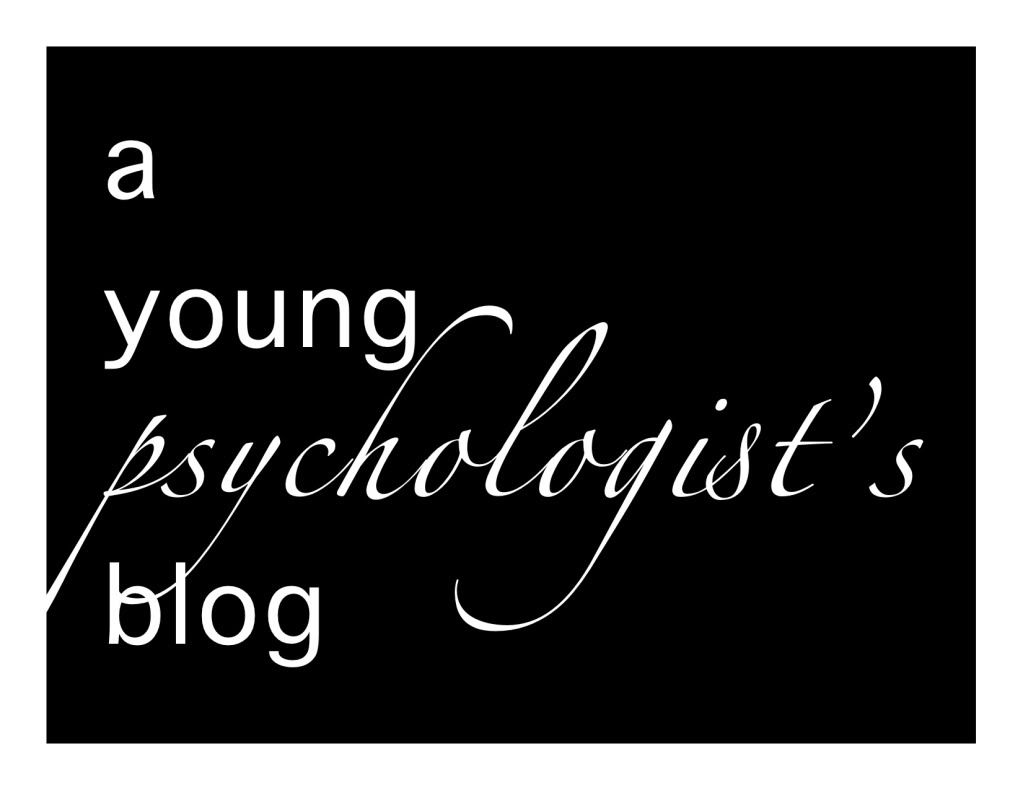Progressive Muscle Relaxation (PMR) is the process of strategically tensing and relaxing your muscle groups one at a time in an effort to slowly relax the whole body. PMR has shown to be effective in decreasing anxiety, tension, and improving general well-being.
Progressive muscle relaxation (PMR) is a fundamental form of stress management that was developed in the early 1920s by Edmund Jackson, an American physician, as a technique to help his patients reduce muscle tension. Jacobson's research demonstrated the connection between excessive muscle tension and a variety of physical and psychological disorders. Specifically, Jacobson's research revealed that muscle tension is always accompanied by a shortening of muscle fibers and that reducing muscle tension reduced central nervous system activity and promoted a relaxed state. That is, because muscle tension is associated with various types of psychological tension (e.g., anxiety), Jacobson hypothesized that anxiety could be reduced by learning to reduce muscle tension.
PMR works by activating the parasympathetic nervous system, which is the part of the autonomic nervous system that calms us down. PMR is based on the pendulum effect. The higher you swing a pendulum in one direction...the higher it goes in other direction. Therefore, when you tense your muscles you're also able to more fully relax your muscles. In some way, PMR teaches you body HOW to relax. It's hard to know exactly what relaxation feels like unless you use tension and relaxation to help your body establish a contrast. Once you are able to better detect tension in your body it will also be easier to use relaxation to release that tension. Included below is a recording I made for a CBT group at the Seattle VA to help vets improve their relaxation skills.
Give it a try. PMR is a skill that can improve with time and practice.


